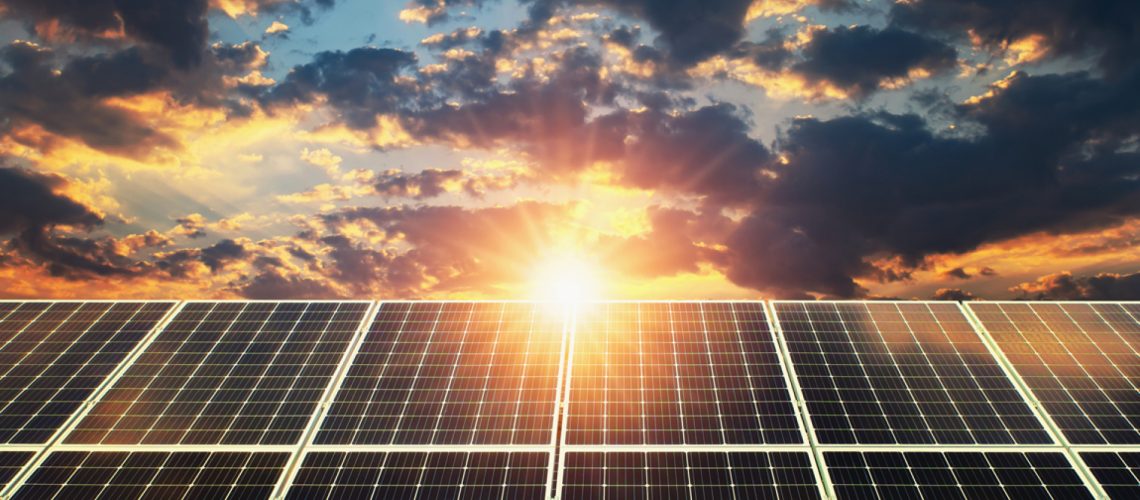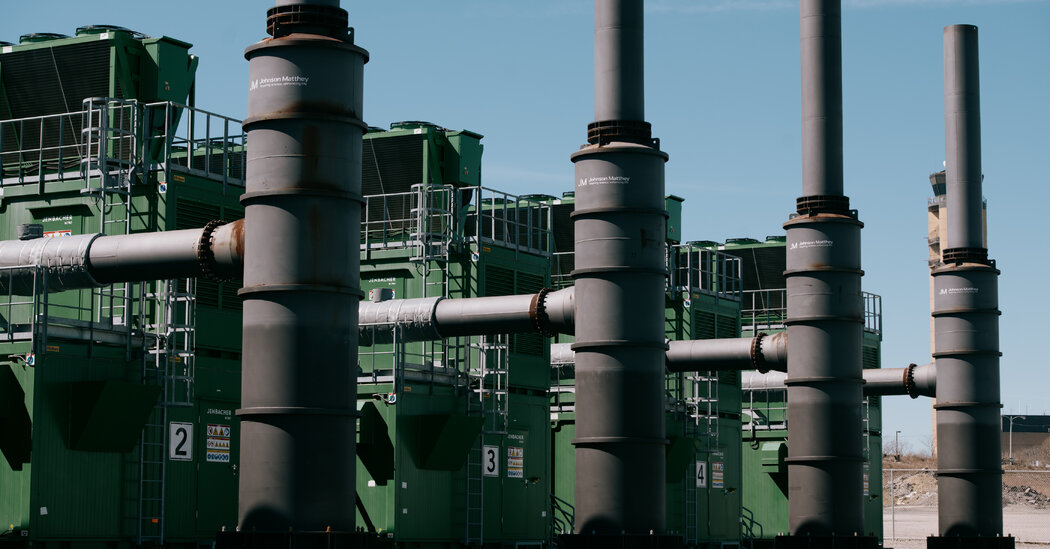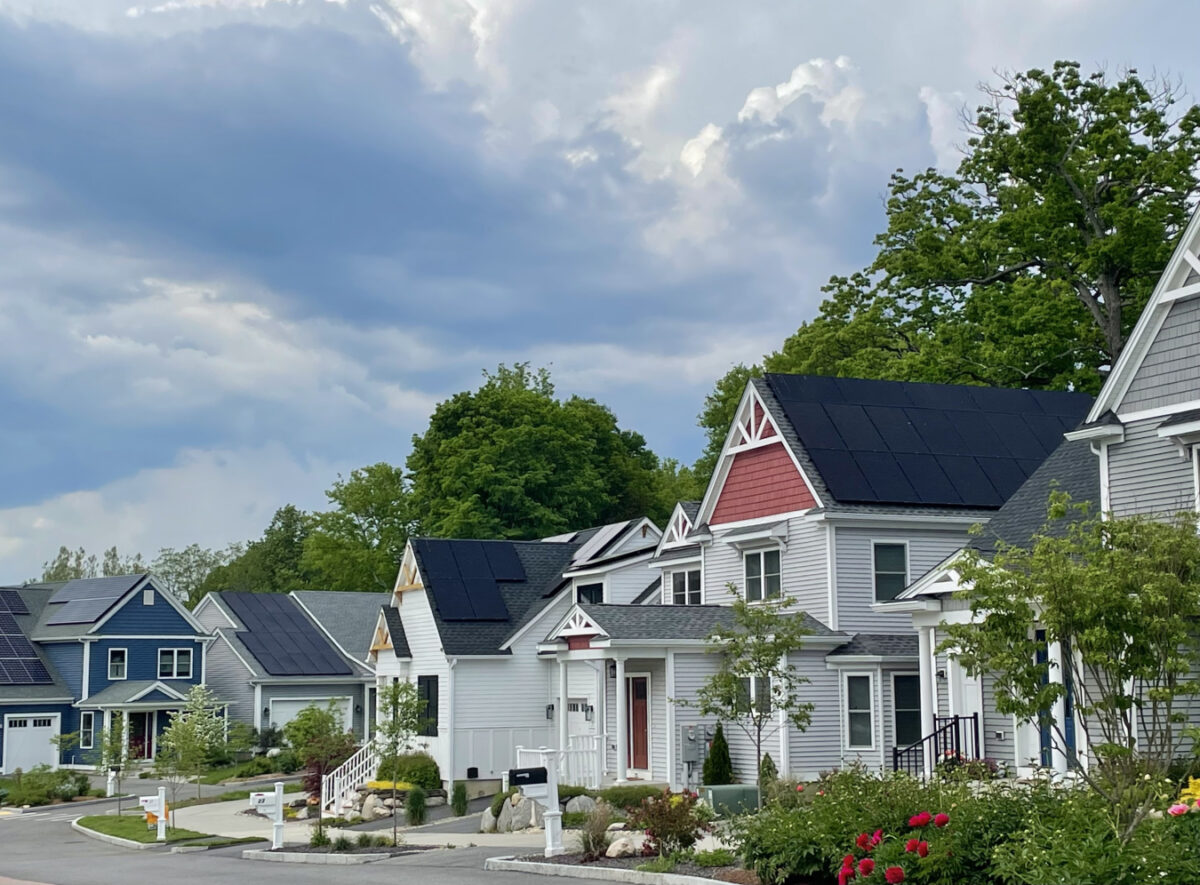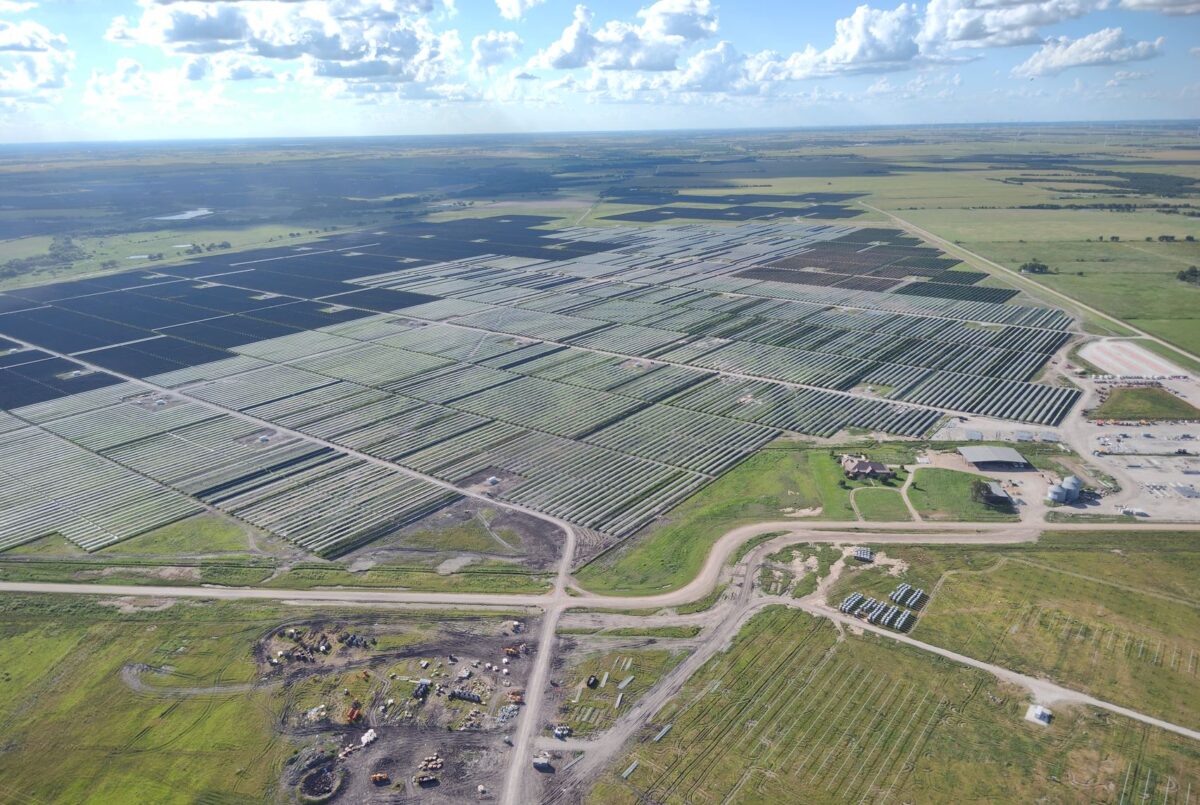Record-breaking highs in the installation of solar energy are occurring throughout the nation.
As we learn more about solar power, we discover it’s a viable solution for helping the environment, fighting climate change, creating jobs, and saving money. While there are so many promising aspects of this disruptive technology, many may be thinking, “How does solar work?”
This renewable clean energy source is living up to its incredible potential, but you probably still have many questions. You’ve seen the panels, you’ve heard how great solar power is, and you may even know that it can make you money.
In this article, we will explore how solar panels sustainably generate power. Keep reading to discover the answers to your questions about owning and installing a residential solar system.
How Do Solar Panels Work?
To put it simply, solar panels absorb energy through cells inside the panels, called photovoltaic cells. These cells generate energy from the sun called Direct Current (DC).
Most of the things in our homes use AC energy, not DC. An inverter converts the energy absorbed by the solar panels into AC energy. Then, the energy can be distributed to all the places you need around the house.
Here’s a quick step-by-step overview of how that happens:
- Photovoltaic cells inside the solar panels absorb the sun’s energy and generate DC electricity.
- The solar inverter converts the DC energy from your solar panels into AC energy.
- The electricity moves throughout your home powering lights, appliances, and anything else you wish to use it on.
- Any excess electricity produced will go back to the grid if you have a grid-tied system.
- Bonus: many electrical companies pay solar homeowners for unused energy generated by their system.
How Do They Actually Generate Electricity?
Solar panels generate electricity from the sun using something called the “photovoltaic effect.” Here’s how it works:
- The photovoltaic solar cell inside your panels absorbs radiation from the sun.
- When the sun’s rays interact with the silicon in the cells, the electrons start moving. This creates a flowing current of electricity.
- Wires inside the solar panel capture and feed this electricity (DC energy) into the solar inverter we mentioned earlier.
- The DC energy is converted to alternating current (AC) energy by the inverter and is then ready to use.
Solar modules, also known as panels, comprise a layer of silicon photovoltaic cells, glass casing, metal framing, and a substantial amount of wiring to create electrical currents from the cells. Since silicon has conductive properties and is not metal, it can absorb and convert sunlight into electricity. This absorbing and conducting is known as the photovoltaic effect. This process is the primary function of a working solar panel.
Up to this point, the process is relatively easy to understand. However, you might still be confused about the “solar grid” and how it factors into generating electricity for your home. Although you may own a solar home, you still have the option to be connected to the grid.
What Does grid Connection Mean?
Every home connected to the local electrical grid has a utility meter that measures the home’s power supply. If you install solar, your system is connected to the utility meter either through roof or ground-mounted panels. This way, your home’s solar production can be measured.
Most homeowners in the U.S. have access to net metering. Net metering makes going solar even more economical. Solar homeowners can send excess power back to the grid when the system overproduces using net metering. Then, they may receive credits on their electrical bill or even payments from the local electrical company.
During winter months or during the night, when solar systems produce less energy, this excess energy can be used to continue powering the home. In this way, net metering is a free storage solution. Plus, it eliminates many people’s concerns about not having enough power on cloudy days or at night.
Other Important Parts
The silicon photovoltaic cells are the essential part of a solar panel. However, other factors are vital for energy production. The glass casing is important for protection and durability. It protects the fragile silicon cells. Then, the insulations and protective back sheet dissipate heat and protect against damage from humidity within the panel.
If the cells get too hot, the solar panel loses efficiency and can’t produce as much power. Finally, the panels have a special coating that increases their absorption of sunlight. With the coating, the cells can absorb as much sun as possible.
How Long Do Solar Panels Last?
Solar panels can generate electricity for a long time. Most panels come with a warranty that lasts 25 to 30 years. Panels can work efficiently for more than 30 years, and many are still producing well after 40 years of daily use. However, they will be a little less efficient each year beyond the 25-year warranty period.
What About Maintenance?
The good news is that solar panels don’t require much maintenance. Beyond keeping them free from weather-related debris like snow, solar panels will last for decades with minimal effort from you. The inverters needed to convert DC power to AC have a shorter life expectancy. Inverters don’t slowly lose power over the years like solar panels; they simply stop working and need to be replaced. However, they do come with a warranty that typically lasts 12 years.
Micro-inverters, mini inverters included with each panel, are an alternative to the more traditional central inverter system. These smaller inverters can last as long as 25 years. Plus, when a micro-inverter does fail, only the panel it’s attached to fails. Losing one micro-inverter won’t take down your whole solar power system.
Final Note
Why go solar? Solar power systems have the incredible potential to help resolve climate change problems, provide efficient renewable energy sources, add value to our homes and businesses, and save us money.
The system is a bit complex but not difficult to understand once you discover the beauty behind photovoltaic cells and their fantastic durability. I hope this article has helped you understand how solar power is generated.






